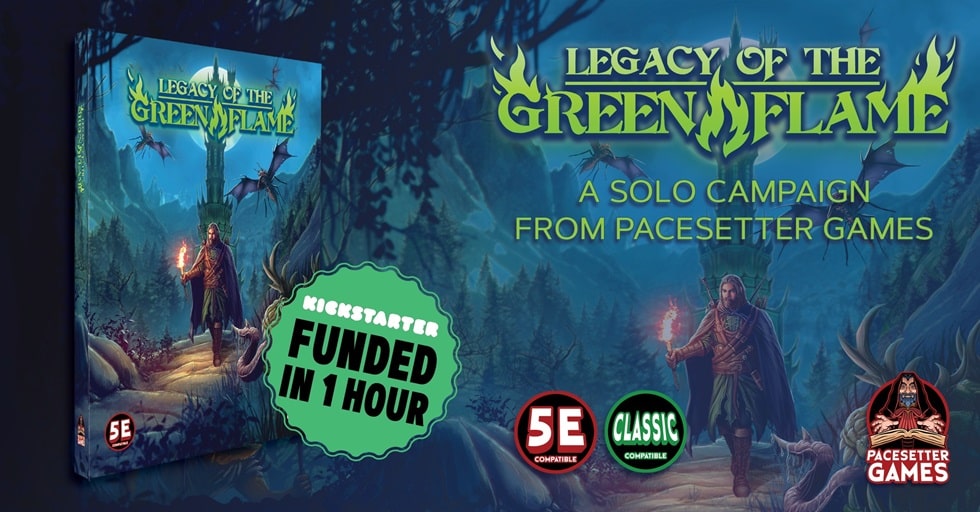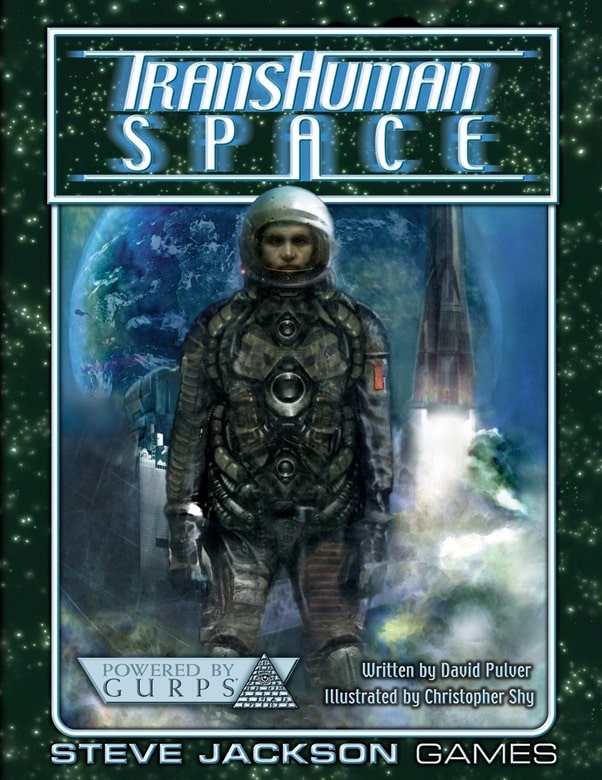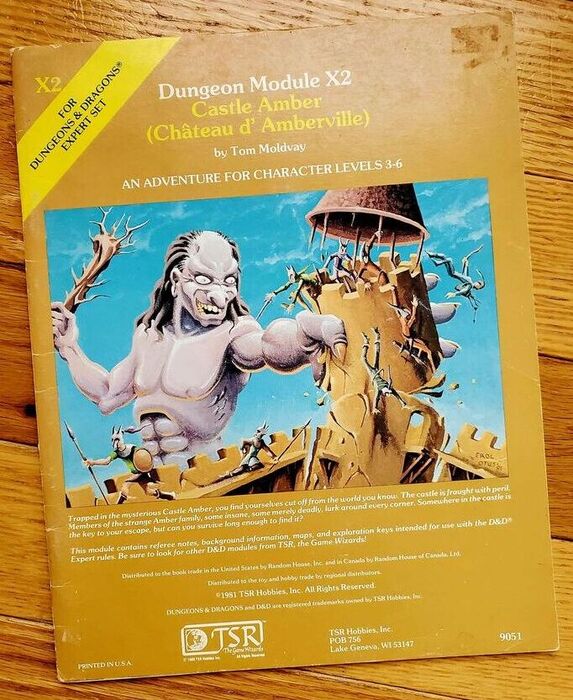A1-4: Scourge of the Slavelords by David “Zeb” Cook, Allen Hammack, Harold Johnson,
Tom Moldvay, Lawrence Schick, and Edward Carmien (TSR, 1986), and Oriental Adventures:
Night of the Seven Swords by Jon Pickens, David “Zeb” Cook, Harold Johnson, Rick Swan,
Edward Carmien, and David James Ritchie (TSR, 1986). Cover art by Jeff Easley and Clyde Caldwell
Always a writer, the first significant things I wrote were role-playing adventures, some for old-school Dungeons & Dragons, but mostly for what the kids today call a home brew system based on the PrinceCon rules (kudos to the very very few who know that one). Later in life I’d write for TSR, Inc., including some AD&D stuff, work for the Indiana Jones game (hats off to the great Harold Johnson who had way too much fun making paper cut-outs exciting), writing for a family game called CrossCheck (I think? That assignment = a zillion or so crossword puzzle questions), basically whatever the company needed doing that no one else wanted to do.
But in these early, formative years, I came up with games and ran them for my friends, first in high school, then in college. By then I worked on poetry and fiction, too, and ran into a problem. I spoke RPGs. Fiction was essentially a second language.
…
Read More Read More















